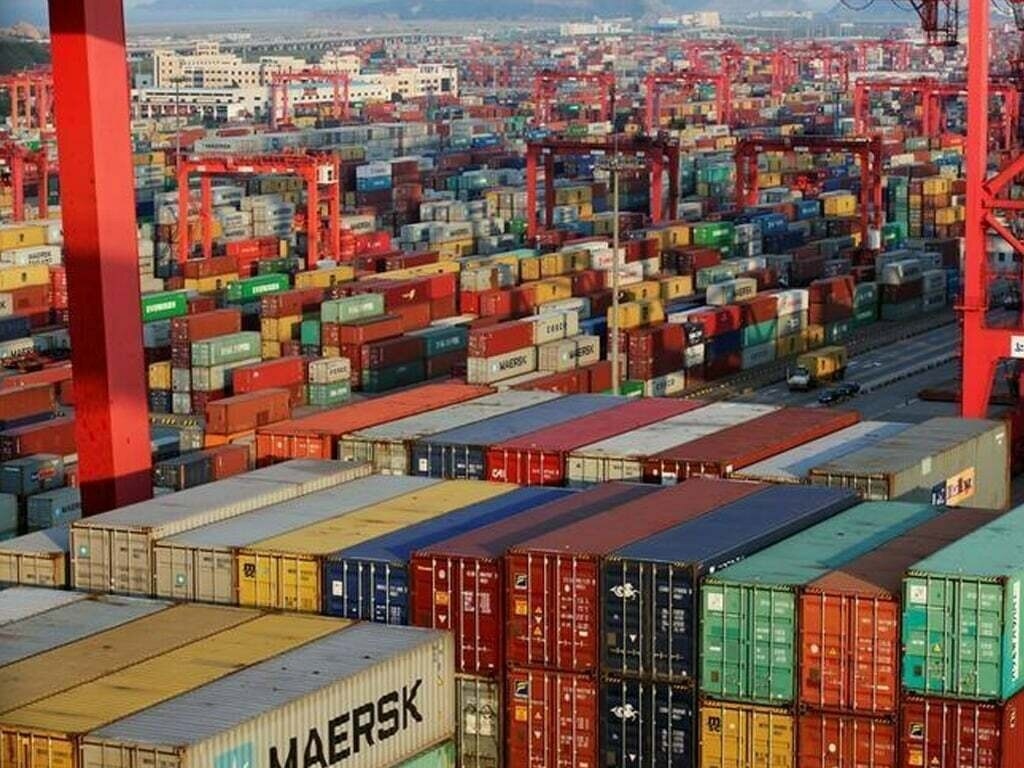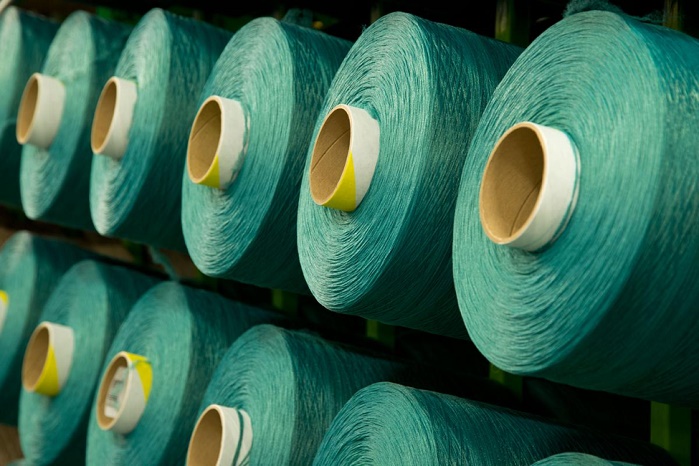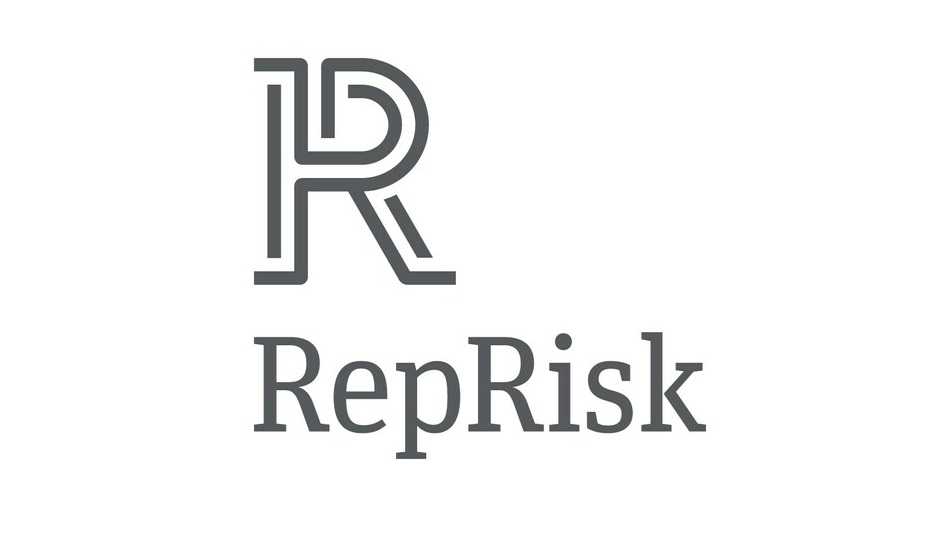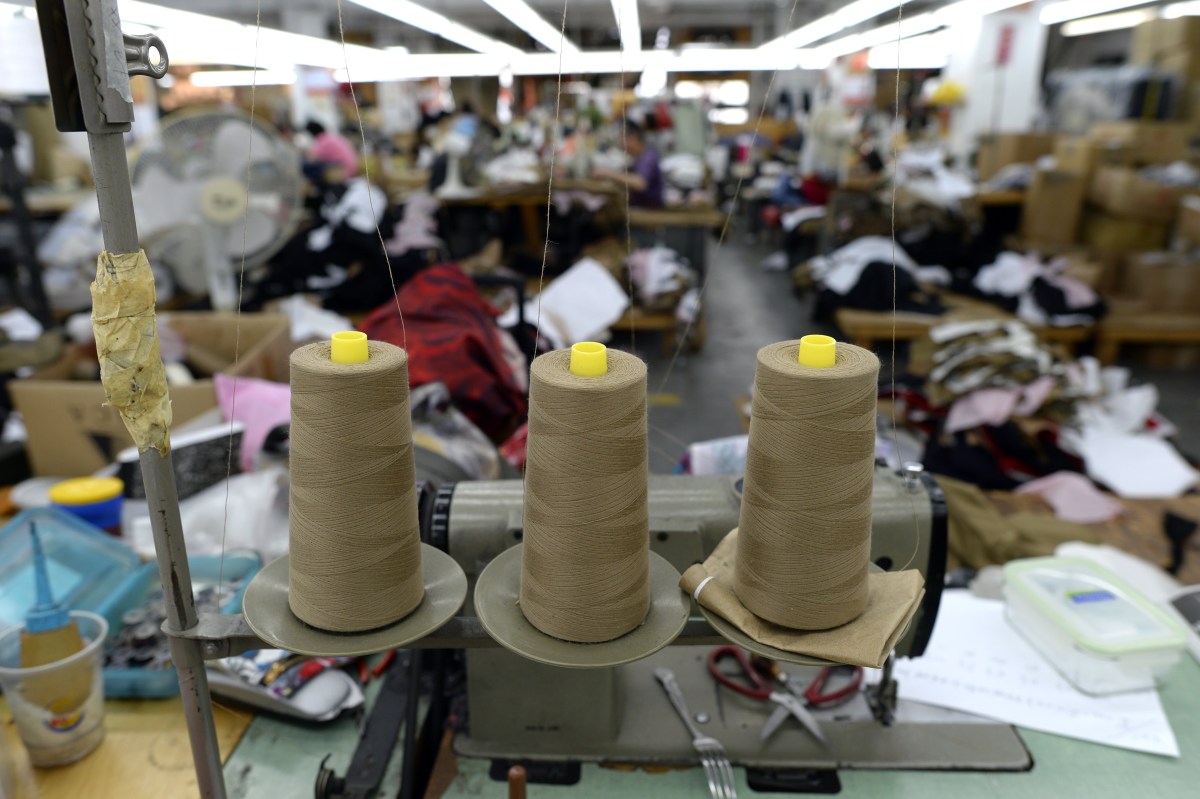Inditex is gaining traction in Asia. According to the brand’s latest results, the region saw some of the group's biggest openings in the last financial year, and continues to be its second largest global market after Europe.
Last year, the continent accounted for almost a quarter of all global sales of the Spanish group. According to Inditex CEO Pablo Isla, the company plans to continue investing heavily in Asia. In 2012, Asia accounted for just 19 per cent of the retail giant’s revenue, rising to 23.9 per cent at the end of 2016. Meanwhile, other regions have remained relatively unchanged, except for Spain, which decreased its share from 20.7 per cent of all sales in 2012 to 16.9 per cent last year.
Over the last five years, Inditex has been particularly focused on growing both its physical store estate and expanding its online presence – a dual strategy that has been replicated across the Asian territory. In 2017, Zara opened an online store in India, joining the brand’s presence in Singapore, Malaysia, Thailand and Vietnam. But China is where the brand is most widespread, with a total of more than 620 stores.
Some 2017 milestones for Inditex included the opening of a 3,200-sq. mt. Zara flagship in Shenzhen, China; and similar launches in Mumbai, India; Nagoya, Japan; and Hanoi, Vietnam. Shenzhen also saw the opening of a Massimo Dutti flagship, while Bershka’s brand image was revamped in Tokyo. Meanwhile, Pull&Bear launched in Vietnam, where Pablo Isla eyes the launch of more brands following the arrival of Stradivarius in Ho Chi Minh, Massimo Dutti and Pull&Bear.
But for Inditex, Asia is not just an attractive retail market. The company has almost a thousand suppliers and more than 2,734 factories in the region, with Asian workers accounting for 10 per cent of the group’s total number of employees.











